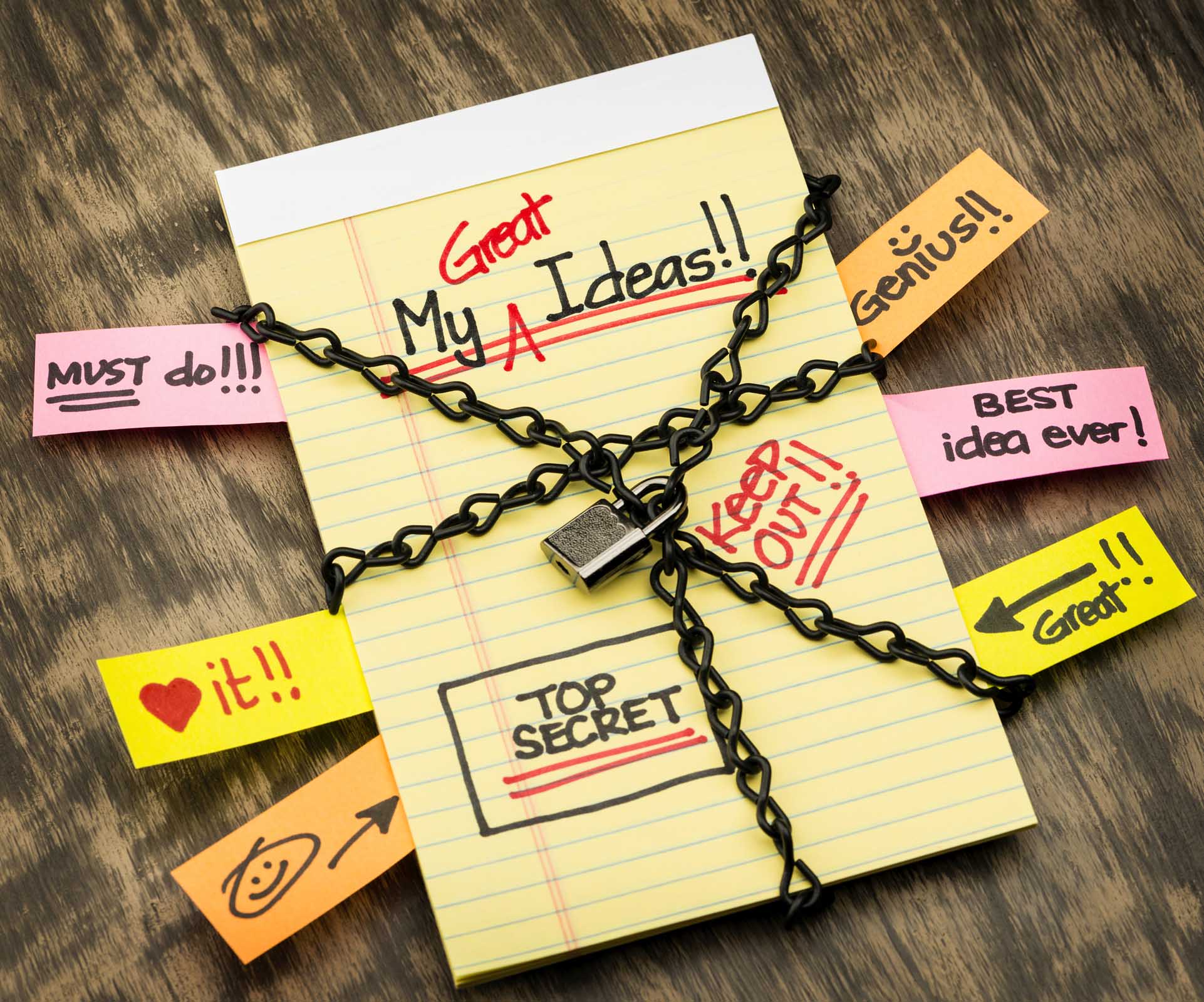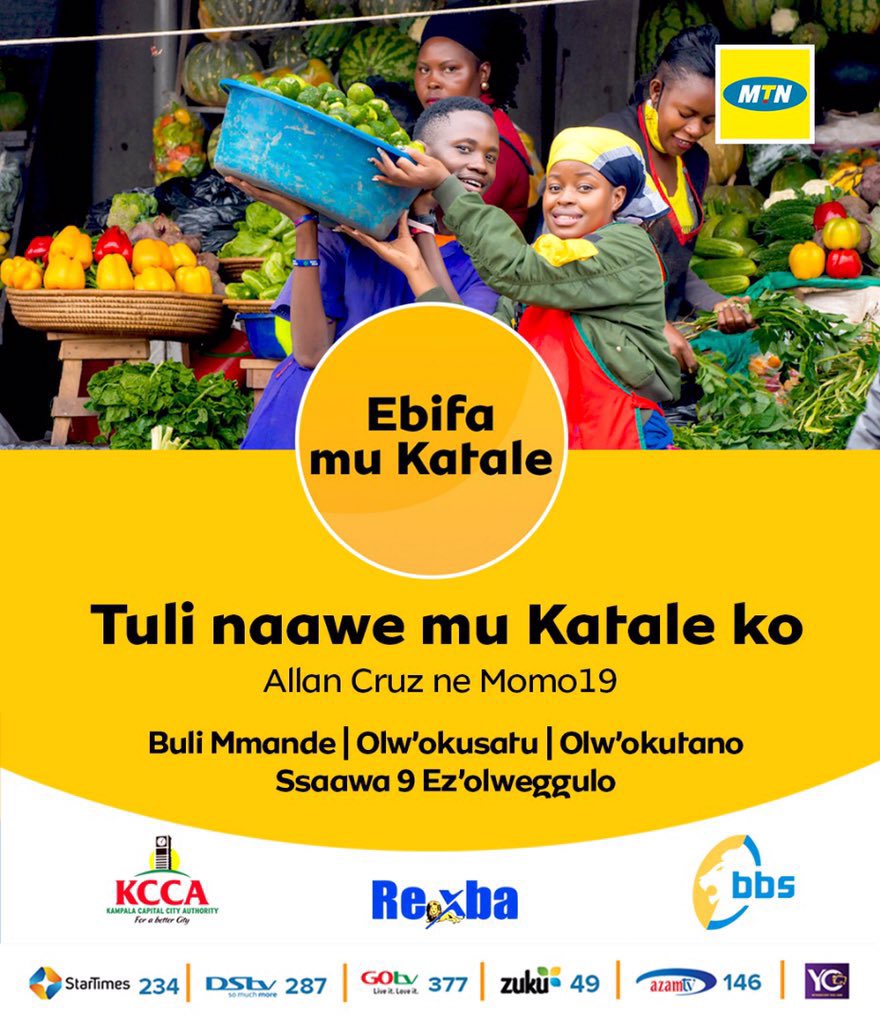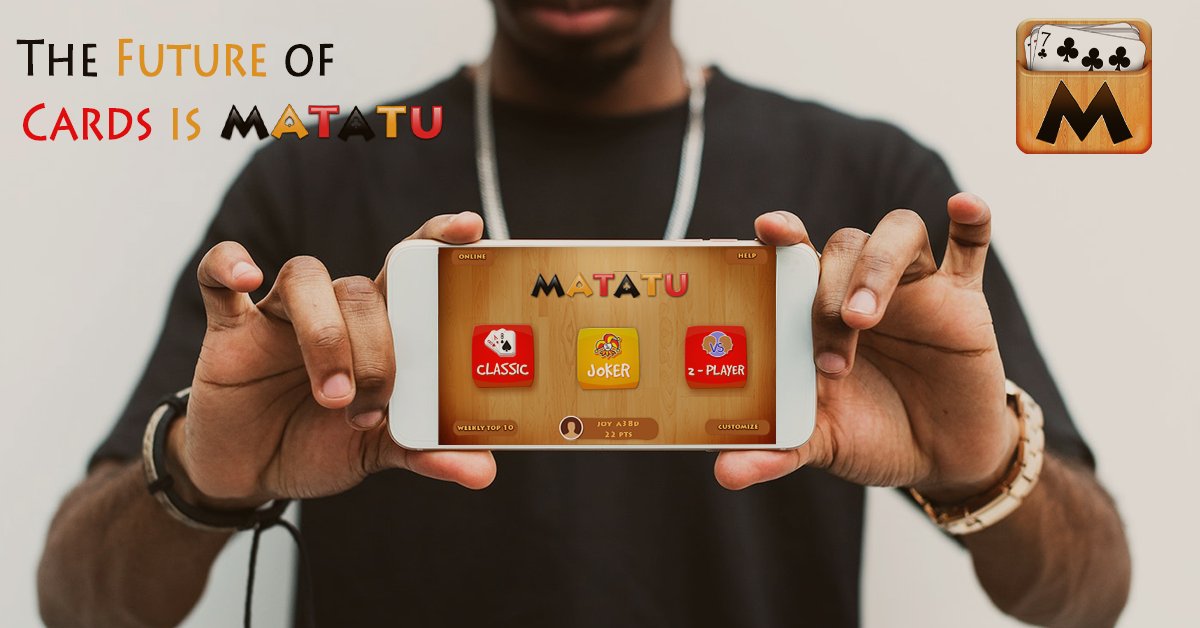Considering the internet as one the most ‘place of fetch’ where anyone can literally access anything; valuable information, researches associated with his/her demand and so many other things not to mention all.
Being the most commonly used platforms, a great deal of content creators have used it as a medium of conveying information to the public, and to the whole globe(world).
In this way it is viewed as the only perfect place that provides a wide range of accessibility despite the locations.
How do content creators protect their information (content) from being duplicated or copied?:
Anyone in the world can copy your online content and insert it onto their website. After making some changes, one can claim your content as his/her own. As mentioned earlier on, the web is built on the work of people who spent their time and energy to create original content. Global epidemic of content theft violates people’s rights and discourages the creation of new web content.
- The Use of the CopyRight Acts (DMCA)
(Digital Millennium Copyright Act)
The copyright process has become fairly simple with traditional works like books, plays, movies, and theater. But copyright is a little more difficult with the advent of the internet. For this case let’s focus on the bloggers on their websites.
Bloggers must be aware of what they write, to avoid copyright, trademark, and libel issues. And before you use an image from the internet you need to be sure to get a license or find public domain images. This article looks specifically at various social media sites and their copyright policies.
Understanding Copyright?
A copyright protects the owner of one kind of intellectual property (creations of the mind). Copyrights protect “original works of authorship.” Only certain kinds of works that fall within the requirements of copyright laws can be copyrighted.
There are many types of digital content that can be copyrighted, namely blogs, screen displays, social media posts, short online articles, apps, photos, and website content. Furthermore, one vast area of copyright protection is digital transmission, including website content and for that reason our main focus is on the bloggers.
However, you can’t register a website itself, but you can register individual work on a website, blog posts. You don’t have to register your copyrights to protect them, but you must register your copyright if you want to take a copyright violation lawsuit to court. Registering a copyright shows the court that you are serious about protecting your digital content.
If you’ve posted online and it’s truly yours, then it’s officially yours. All genuine content published online is immediately protected under copyright thanks to the Digital Millennium Copyright Act (DMCA).
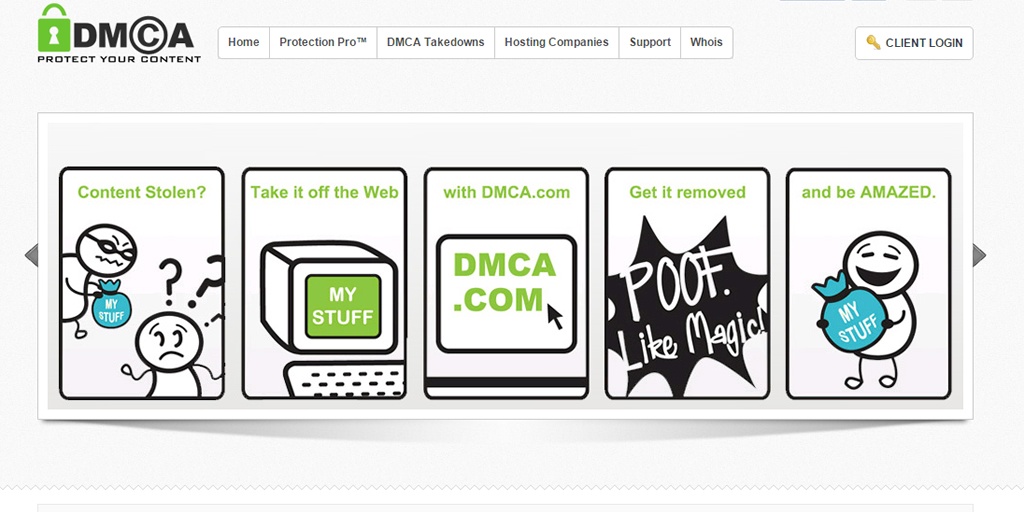
- 1. Disabling the Right Click option
This method does restrict individuals who would want to copy and download content that does not belong to them from the web. This works in a way that it denies access to the download and the copy options by disabling the right click option on the site so that no one can easily access that menu. This protects the data from being copied and downloaded. For WordPress users I recommend using Disable Right Click For WP plugin.
- 2. Search for you Content using Google
Contents can be used without permission on sites that you are not aware of. One way of fighting this is by taking part of your content and searching for it on google. For a more precise search you can enclose the texts in quotation marks (” …”). And by this you are in position to know whether your content is being duplicated or not, when you find out that your content is stolen you can follow and fill a formal DMCA notice, we looked at this earlier in the “the use of the DMCA”.
- 3. Use Copyscape
This helps in duplicate detections. Copyscape as a software literally helps to check whether your text (content) is original or not. It is used to check for unauthorized copies of your pages. There are also some other services that are usually paid for which includes automatic web monitoring.
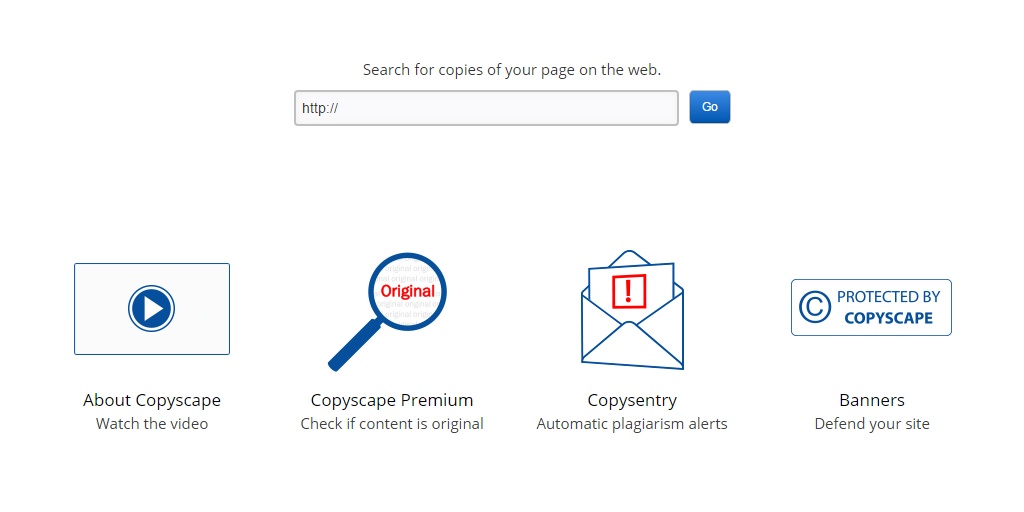
- 4. Set up a Google Alert to scan for your name or site name/title.
This is a service that is offered by the google search engines, it sends notification on content change. The service sends emails to the user when it finds new results, such as web pages, for this case a website that is identical to yours depending on how you set it to alert in.
- 5. Use of Watermarks.
Talking about media content in this particular case, we are looking at bloggers, we are considering images. Putting watermarks on images makes it easy to identify duplication and when detected you can raise a complaint and as well it’s not easy to use a photo for example that has the owners name or company logo.
- 6. Configure your RSS feed so it displays post summaries
This will add an extra barrier against those scrapers using RSS feeds to illegally obtain their content.
Be aware that this may reduce the readability of websites for some users or on services that use RSS to get your content for example google news or others services.
7. Disable Direct URL Access from .htaccess
Lastly, with direct access URL site visitors can fetch any particular item like document, category, page or perspective. With disabling direct URL access from .htaccess, no one can directly access your content.
This technique works for those that don’t want their videos to be downloaded or copied from the site. However, it will not affect how your video shows on site.
Guest Written by Andrew Ochan & Leens Witts.

